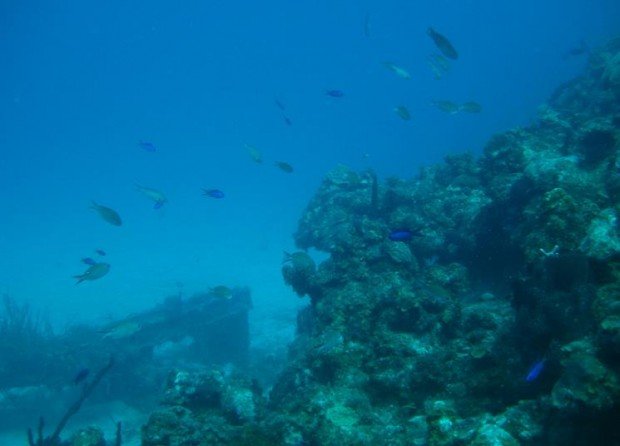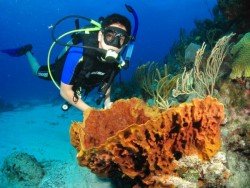
The Wall, Long Reef
The wall is located at the north of Sydney Harbour, at the south-eastern end of the Long Reef. This site is considered to be the best reef dive site on the north shore.
Home > WATER SPORTS > Scuba Diving > Dive Flag, Saint Thomas
St. Thomas is home to a wide collection of great wreck dive sites. With an amazing array of coral reefs, a variety of fish species and crystal clear waters, this tropical destination guarantees an enjoyable diving experience! The majority of the dive locations are accessible by boat, but there are also some excellent dive sites just right from shore. Dive Flag is a wonderful reef that lies north of Buck Island.
Once you descend into shallow waters, you can see a beautiful cluster of corals and schools of fish passing by. As you descend down the wall, which reaches 19.8 m/65 ft, you are able to witness an abundant marine life, full of spotted eagle rays, barracuda and nurse sharks to name just a few. The spot accommodates both the novice and experience diver, as well as photographers, because of its significant sea life.
In addition, the average water temperature varies from 75°F/24°C in winter to 80°F/27°C in summer and the visibility ranges from 10 m/32.8 ft to 30 m/98.4 ft. In the end, you should book your dive in advance, as access to the site is only by boat. So, if you want to experience unforgettable moments, Dive Flag is definitely the place to be!!!

The wall is located at the north of Sydney Harbour, at the south-eastern end of the Long Reef. This site is considered to be the best reef dive site on the north shore.
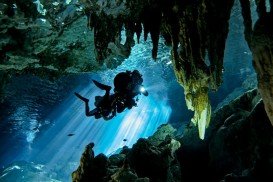
Cenote Dos Ojos is located in the south of Playa Del Carmen and in the north of Tulum. It is standing at the eastern side of Mexico and belongs to the state of Quintana Roo. The exploration of Dos Ojos has begun in 1986 and it still goes on by fellow divers. The extension of this cave system is about 61 km/38 mi long.
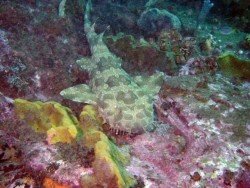
North Head is the northern headland of the entrance to Sydney Harbor. All along this section, there are several excellent dive sites. Old Mans Hat is one of them.
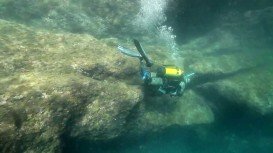
The Illes Medes (in Catalan) or Ilsas Medas (in Spanish) is a wonderful small group of seven islets in the northwest Mediterranean Sea. They are situated east of the coastal town of L'Estartit.
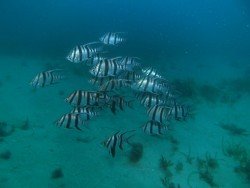
Adelaide, the liveliest city in Australia, is the capital of South Australia state. The city is situated on the Adelaide Plains and more specifically at the north side of Fleurieu Peninsula. It is built next to Torrens River and is surrounded by the Mount Lofty Ranges and the Gulf St Vincent.
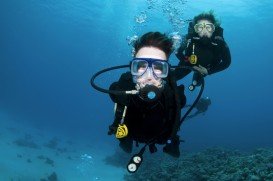
Scuba diving is an amazing experience in the bottom of the sea. It's like the game of the hidden treasures. It's a different and mysterious world. When you enjoy the sun and watch the waves swell, you can't imagine what is being hidden on the ground. Feel like an explorer and get ready for a magic trip along the beautiful beaches of Lagos.
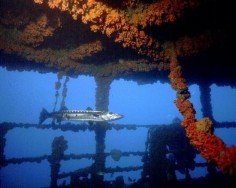
The Virgin Islands of the United States, or the U.S. Virgin Islands lie in the Caribbean Sea, east of Puerto Rico. This group of islands consist of the main islands of Saint Thomas, which is home to the capital city of the U.S. Virgin Islands, Saint John, Saint Croix, Water Island and other surrounding minor islands.The climate here is classified as tropical savanna climate, mostly affected by moderate trade winds.
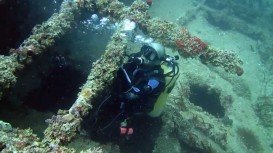
The Virgin Islands of the United States, or the U.S. Virgin Islands lie in the Caribbean Sea, east of Puerto Rico. This group of islands consist of the main islands of Saint Thomas, which is home to the capital city of the U.S. Virgin Islands, Saint John, Saint Croix, Water Island and other surrounding minor islands.The climate here is classified as tropical savanna climate, mostly affected by moderate trade winds.
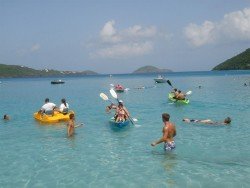
The Virgin Islands of the United States, or the U.S. Virgin Islands lie in the Caribbean Sea, east of Puerto Rico. This group of islands consist of the main islands of Saint Thomas, which is home to the capital city of the U.S. Virgin Islands, Saint John, Saint Croix, Water Island and other surrounding minor islands.The climate here is classified as tropical savanna climate, mostly affected by moderate trade winds.
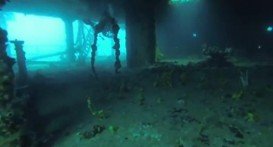
The Virgin Islands of the United States, or the U.S. Virgin Islands lie in the Caribbean Sea, east of Puerto Rico. This group of islands consist of the main islands of Saint Thomas, which is home to the capital city of the U.S. Virgin Islands, Saint John, Saint Croix, Water Island and other surrounding minor islands.The climate here is classified as tropical savanna climate, mostly affected by moderate trade winds.
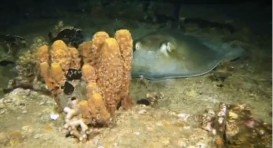
The Virgin Islands of the United States, or the U.S. Virgin Islands lie in the Caribbean Sea, east of Puerto Rico. This group of islands consist of the main islands of Saint Thomas, which is home to the capital city of the U.S. Virgin Islands, Saint John, Saint Croix, Water Island and other surrounding minor islands.The climate here is classified as tropical savanna climate, mostly affected by moderate trade winds.
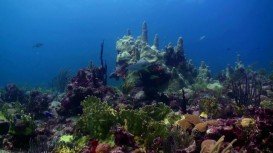
The Virgin Islands of the United States, or the U.S. Virgin Islands lie in the Caribbean Sea, east of Puerto Rico. This group of islands consist of the main islands of Saint Thomas, which is home to the capital city of the U.S. Virgin Islands, Saint John, Saint Croix, Water Island and other surrounding minor islands.The climate here is classified as tropical savanna climate, mostly affected by moderate trade winds.
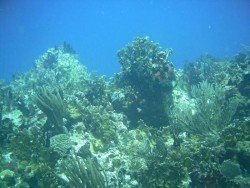
The Virgin Islands of the United States, or the U.S. Virgin Islands lie in the Caribbean Sea, east of Puerto Rico. This group of islands consist of the main islands of Saint Thomas, which is home to the capital city of the U.S. Virgin Islands, Saint John, Saint Croix, Water Island and other surrounding minor islands.The climate here is classified as tropical savanna climate, mostly affected by moderate trade winds.
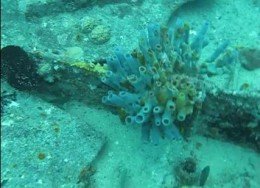
The Virgin Islands of the United States, or the U.S. Virgin Islands lie in the Caribbean Sea, east of Puerto Rico. This group of islands consist of the main islands of Saint Thomas, which is home to the capital city of the U.S. Virgin Islands, Saint John, Saint Croix, Water Island and other surrounding minor islands.The climate here is classified as tropical savanna climate, mostly affected by moderate trade winds.

